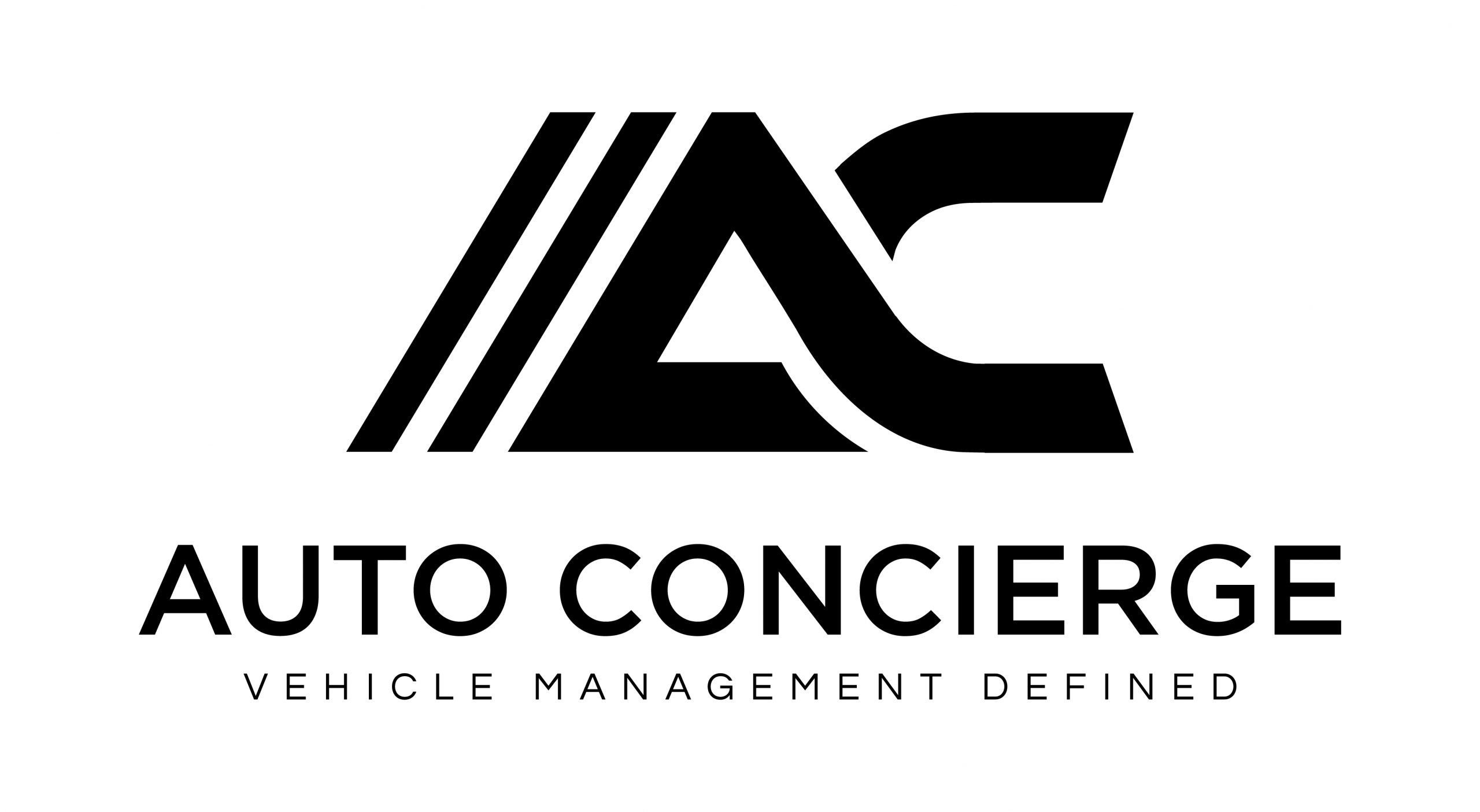State of the Collector Car Market – May 2018
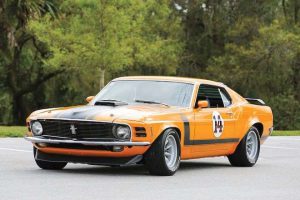
We asked a panel of industry experts for their opinions on the state of the collector car market as they see it and their thoughts on what to expect in the near future.
Gord Duff, Global head of auctions, RM Sotheby’s
Jakob Greisen, Head of U.S. Motoring Department, Bonhams
Craig Jackson, Chairman and CEO, Barrett-Jackson
Dave Kinney, Publisher, Hagerty Price Guide
Automobile Magazine: What are your general views on market performance since this time last year? Are you seeing any new trends emerge?
JG: I generally think the market is strong and solid. The interest we see in these old cars in terms of popularity and high attendance at collector car tours, rallies, racing events, concours d’elegance, and other lifestyle events is a sign that there is a strong passion and interest in collector cars, which is what the market is driven by for the most part. Today it is cool to own a vintage car, just like a vintage watch, for example.
CJ: The collector car market continues to be incredibly dynamic, including the demographic that made the ’60s and ’70s muscle cars so popular. We’re also seeing a surge in younger buyers who are gravitating toward vehicles from the ’80s and ’90s, both domestic and foreign. Vehicles from the 1980s, from the Fox-body Mustangs to Broncos, are becoming canvases for personal customization by more youthful collectors who want to add technology and drive the cars.
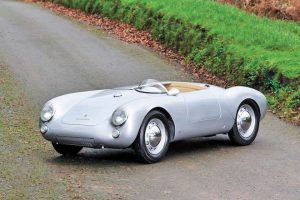
© Automobile Magazine Staff
GD: Overall, I feel the collector car market has remained stable since this time last year. Exceptional late-model Porsches continue to emerge with strong results, and then on the other end of the spectrum we’re seeing sustained and even growing interest in American classics; a Marmon Sixteen Coupe and an Auburn Boattail Speedster are now worth a million.
DK: Speaking in pure generalities, the under $100K market is booming, and that is where the majority of sales occur. “New” trends seem to be a continuation of trends that have started in the past few years. Early SUVs and exotic cars from the 1990s and early 2000s are on many buyers’ radar.
AM: We’ve seen many big-dollar “star” auction cars not reach reserve this year. Why do you think that is?

© Automobile Magazine Staff
JG: Timing and sellers’ expectations. Timing as the buyers might just not be ready for that purchase on that day, but I know for a fact that most could have found new homes at levels relatively close to the reserves, so sellers’ versus buyers’ expectations have just been a little off.
CJ: Those big-dollar cars are really in the smallest part of the market, which sees those cars as a safe haven during a recession. Now that the economy is strong, the smaller part of the market is slowing, and we’re seeing the biggest, broadest part of the market surging.
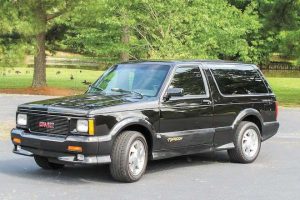
© Automobile Magazine Staff
GD: We all know that the market has softened from where it was a couple of years ago, so the main reason for several of the “star cars” failing to meet reserve simply comes down to client expectations being greater than what today’s market is willing to bear. In a highly competitive auction market, it can be difficult to convince collectors to part with their blue-chip cars for less than what might have been.
DK: U.S. tax laws, particularly in light of the loss of the tax-free exchange as used in some high-dollar classic automobile sales, has had a dampening effect on the top end of the market, cars routinely selling above $1 million. All markets hate uncertainty, and this change has slowed down the high end quite dramatically.
AM: Porsches remain strong sellers and are making up a larger volume of auction inventories lately. How is the Porsche market evolving? Who’s doing most of the buying?
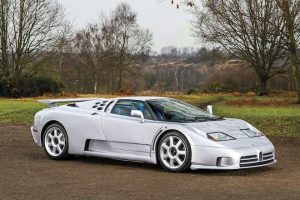
© Automobile Magazine Staff
JG: Porsche is a very strong brand—both for the new cars and the classic models. We sold a 550A Spyder in Scottsdale and had a lot of interest in it—some of the feedback I got was that a Porsche 550 was really the pinnacle of Porsche in the day, and compared to a Ferrari, Maserati, or Jaguar of the era, it really represents good value. They are hugely iconic, beautiful, interestingly engineered, and historically very important on the racetrack or road.
CJ: Porches have been very popular and are really following the broader market trend that we are seeing toward more contemporary cars. From the Slantnoses of the ’80s to the more recent Turbos, Porsches continue to be in demand with the broader part of the market. There has also been a rise among collectors who are using the 911s as a platform to build customized versions of the European sports cars from prominent builders.
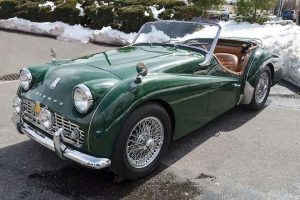
© Automobile Magazine Staff
GD: It’s a younger segment of collectors who are buying these special late-model Porsches. Of a dozen late-model examples sold at our Amelia Island sale, eight were purchased by collectors in their early 40s through mid-50s.
Because the Porsche market has been so hot, there’s a lot of average stuff on offer, i.e. specialty models but with higher mileage and paintwork issues—which is particularly important in the Porsche world. The collectors stepping up to pay top dollar are becoming very particular and bringing in the leading marque experts to examine any potential purchases. I’ve never seen us offer a marque—not even Ferrari—where collectors are doing such thorough, fine-tooth-comb inspections.
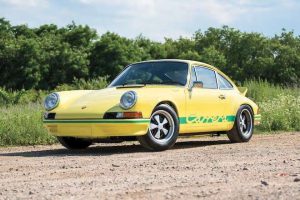
© Automobile Magazine Staff
DK: The Porsche Party, that is, the rising values of Porsche brand collector cars, started late. Rising values attract interest from collectors, and a lot of people who thought of owning a collector Porsche but never quite did have become active in both buying and selling. If you think this is good news or bad, you’re right.
AM: Buy, Sell, Hold: What is at the top of each list, in your opinion?
JG: I believe all cars that make their mark on the era they were built in will be collectible. Think Duesenberg, Alfa Romeo 8C, Jaguar D-type, Ferrari 250 GT California Spider at the top and Triumph TR3, Austin-Healey 100, Mercedes-Benz 190SL, or Pagoda for example at a more affordable level.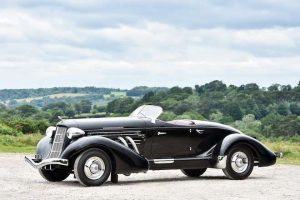
© Automobile Magazine Staff
CJ: Buy: Restomods, ’80s and ’90s imports, trucks/SUVs, rare muscle cars, sports cars with stick shifts. Sell: Prewar classics. Hold: Traditional muscle cars.
GD: Buy: A great Bugatti Veyron or EB110 for their investment potential. Sell: A great American classic—for example, a 1935 or 1936 Auburn Speedster. Hold: Ferrari 206 Dino or a 1973 Porsche 911 2.7 RS Lightweight.
DK: Buy: Bugatti EB110. Sell: Any Porsche 911 with a missing or bad history. Hold: European exotics from the 1960s and 1970s.

© Automobile Magazine Staff
AM: What traits are you seeing in the buying and selling habits of younger collectors? Are they using their cars differently than their parents did?
JG: I see the younger generation of car collectors being more into driving their cars as opposed to showing them at concours d’elegance events. Maybe a quick cars and coffee meet where a cool Instagram post can be made, and then out on the road.
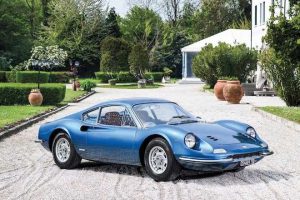
© Automobile Magazine Staff
CJ: Like Gen Xers, young collectors gravitate to the vehicles they grew up with. For example, we’re seeing cars from the ’80s and ’90s, as well as SUVs, which many in the younger generations grew up in and are comfortable with, have increased in popularity among younger buyers. They’re also looking for unique cars with technology or that are easy to customize into restomods, giving the classic look with all the bells and whistles of a modern vehicle.
GD: Many younger collectors tend to buy cars that their friends also collect or are into simply because it means they can then participate in the same rallies and go to the same car shows and cars and coffee meets on Sundays. They seem to want to drive their cars more than show them, and consequently we’re seeing more and more tours and rallies pop up on the calendar.
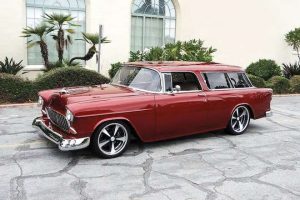
© Automobile Magazine Staff
DK: Different cars, different people, but, remarkably, the car hobby continues. The cars and coffee movement has changed the way people use and display their cars. As the “show and shine” movement retreats, the simple formula of just showing up has taken hold. What’s cool and collectible to a 23-year-old might not appeal to a 63-year-old, but in reality, that’s the same as it ever was.
